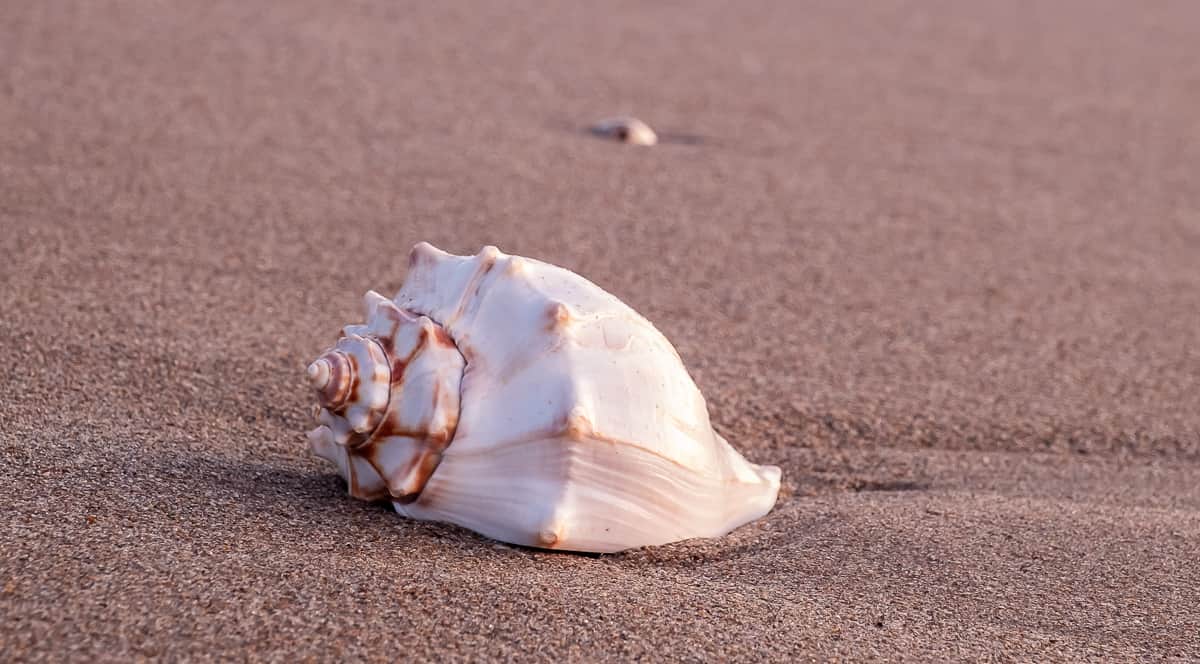Although taking shells, stones, and corals from Costa Rican beaches is illegal, many people insist on bringing them home. While many are unaware of the environmental damage, others ignore the rules.
In fact, according to data from the University of Costa Rica, between 2021 and 2022, Guanacaste Airport authorities confiscated two tons of seashells. Meanwhile, the Juan Santamaría Airport recorded the decommission of one ton.
“Beach ecosystems are a fundamental part of a much larger biome: oceans. They are also key to the thermoregulation of the planet and influence the global climate. Shells and coral provide calcium carbonate that helps to keep ecosystems stable, providing nutrients for some animals and plants,” explained SINAC.
In addition, shells help to control beach erosion and are also the primary material of white sand beaches, and allow some algae, plants, marine sponges, and other species to adhere to them. They are also used as a home and protection for some marine species, especially spiral-shaped shells and hermit crabs.
“Beaches are ecosystems in a constant process of destruction and construction. Waves and tides destroy the beaches, bringing sediments and organic debris to rebuild them. It is a dynamic network with a lot of energy, which is in constant change and is very resilient. However, human actions cause many imbalances in coastal ecosystems, such as collecting shells and other materials,” pointed out Rafael Gutiérrez Rojas, Executive Director of SINAC.
The capture, extraction, and transfer of wildlife, its parts, products, and byproducts without authorization from SINAC are prohibited according to the Wildlife Conservation Law.
Given the seriousness of the situation, Guanacaste Airport launched a solid campaign to create awareness.
“We need tourists to know this information because once they have picked up their bag of shells, the damage is done,” stated César Jaramillo, general manager of Guanacaste Airport.
Jenny Asch, Coordinator of SINAC’s Coastal Marine Program, indicated that “the increase in tourism and the decrease in seashells has resulted in multiple environmental changes, increased beach erosion, changes in the recycling of calcium carbonate, and a decrease in biodiversity.”
She also mentioned it’s very important to “sensitize the population that visits our marine coasts to avoid these bad practices of taking shells, coral, stones and other marine resources as souvenirs.”
Those who visit the marvelous Costa Rican beaches must understand that by taking a shell or a piece of coral, they are altering the ecological processes that ensure the maintenance of marine life.






